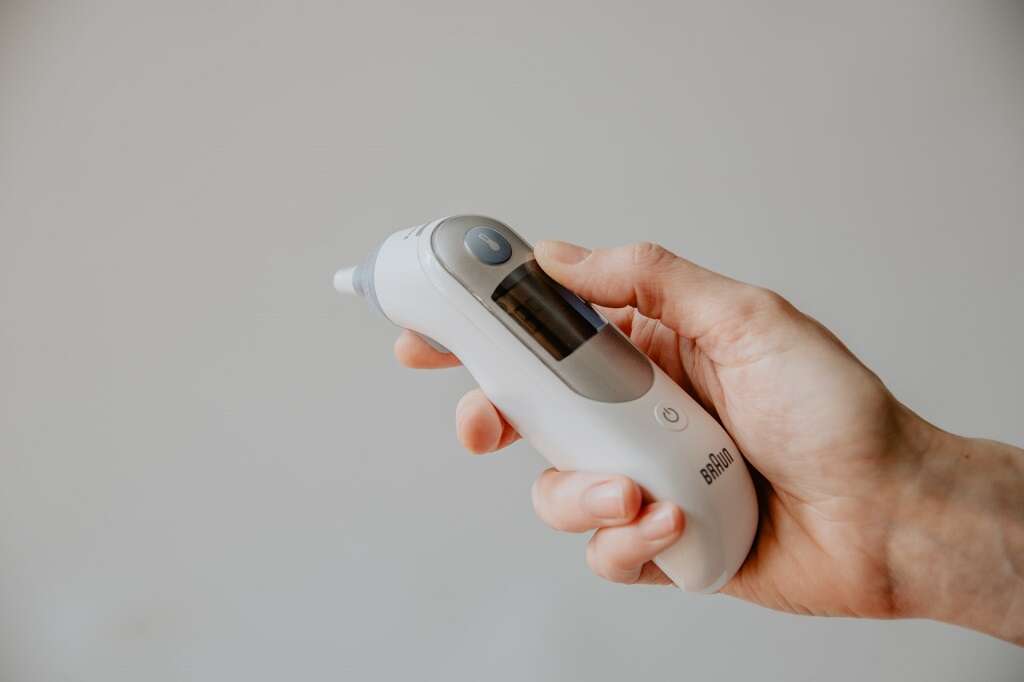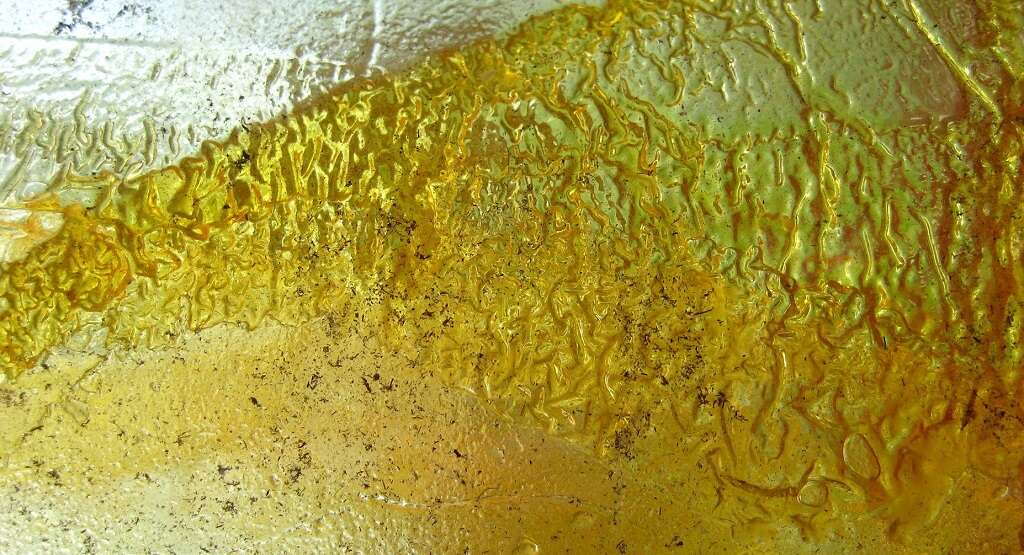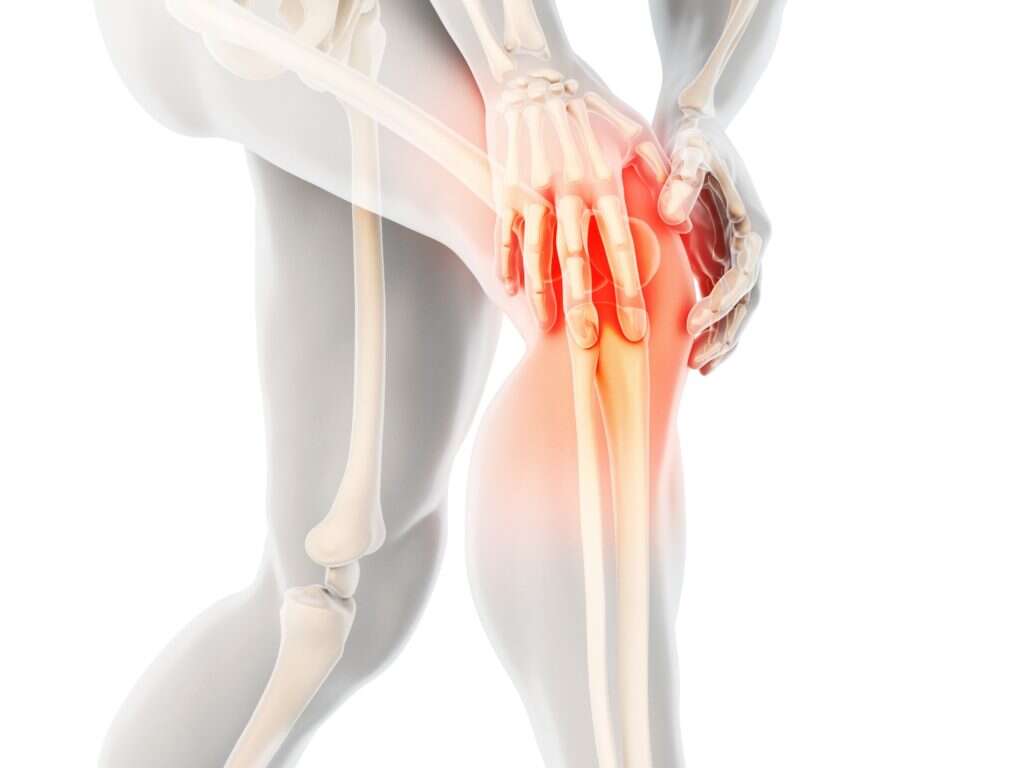10 Bone Infection Symptoms
 Article Sources
Article Sources
- 1. 'Osteomyelitis | Bone Infection.' MedlinePlus, U.S. National Library of Medicine, 12 Apr. 2021, medlineplus.gov/boneinfections.html
- 2. Kremers, Hilal Maradit, et al. 'Trends in the Epidemiology of Osteomyelitis: a Population-Based Study, 1969 to 2009.' The Journal of Bone and Joint Surgery. American Volume, The Journal of Bone and Joint Surgery, Inc., 20 May 2015, www.ncbi.nlm.nih.gov/pmc/articles/PMC4642868/
- 3. Momodu, Ifeanyi I. 'Osteomyelitis.' StatPearls /[Internet/]., U.S. National Library of Medicine, 5 Feb. 2021, www.ncbi.nlm.nih.gov/books/NBK532250/
- 4. 'Erythema.' Merriam-Webster, Merriam-Webster, www.merriam-webster.com/dictionary/erythema
Osteomyelitis is an acute or chronic infection of the bone. This serious condition can occur when bacteria spread to the bone from another area of the body through the bloodstream. It may also develop after an injury. Bone infection symptoms can vary depending on the underlying cause and associated conditions.
Certain individuals are more at risk for osteomyelitis than others, such as those with diabetes, recent bone injuries or poor circulation. In addition, people undergoing renal dialysis may have a greater risk of developing bone infections. If osteomyelitis is suspected, an X-ray may be necessary to confirm the diagnosis.
Pain
Patients with an acute bone infection may experience a constant, dull pain that can increase with physical movement. The affected area may also be extra sensitive to the touch. The discomfort can be mild and last for a few weeks.
If the bone infection becomes chronic, a person may continue to feel discomfort and pain for months or even years until the condition is addressed and resolved. The pain from osteomyelitis may be accompanied by other symptoms, such as fever, swelling and a general feeling of being unwell. 2Kremers, Hilal Maradit, et al. ‘Trends in the Epidemiology of Osteomyelitis: a Population-Based Study, 1969 to 2009.’ The Journal of Bone and Joint Surgery. American Volume, The Journal of Bone and Joint Surgery, Inc., 20 May 2015, www.ncbi.nlm.nih.gov/pmc/articles/PMC4642868/,3Momodu, Ifeanyi I. ‘Osteomyelitis.’ StatPearls /[Internet/]., U.S. National Library of Medicine, 5 Feb. 2021, www.ncbi.nlm.nih.gov/books/NBK532250/

Erythema
Erythema is another sign of bone infection that some individuals may experience. This is a superficial and abnormal redness of the skin or mucous membranes.
It typically appears in the area where the infection is located, and it's commonly caused by inflammation in the tissues surrounding the site of the bone infection. Along with localized discomfort and swelling, erythema may be one of the first signs of a bone infection.4‘Erythema.’ Merriam-Webster, Merriam-Webster, www.merriam-webster.com/dictionary/erythema

Fever
A fever is a normal reaction to an infection by the body's immune system. Acute osteomyelitis may cause fever and associated symptoms, such as chills, general malaise and fatigue. The rise in body temperature may be mild or moderate and can last for a week or longer.
Patients with chronic bone infections may experience a low-grade fever. A rare type of osteomyelitis, Brodie's abscess, may cause pain and swelling for months without a rise in body temperature.

Chills
It's common for a person with a bone infection to experience flu-like symptoms that can include chills. This feeling of coldness despite warm temperatures or an accompanying fever can occur when the immune system is fighting an infection anywhere in the body, including the bones.
Shaking and shivering may also accompany the chills, and these can be signs that the body's temperature is rising above normal when combating a bone infection.

Excessive Sweating
Patients with osteomyelitis or a bone infection may experience excessive sweating along with fever. Nighttime sweats may cause a person to wake up prematurely and can be bad enough to soak through sheets and blankets.
Excessive sweating is a natural response and can be a symptom of several conditions, not only infections. Individuals experiencing this symptom should schedule an appointment with their primary care doctor to determine the underlying cause.

Swelling
Swelling is another osteomyelitis symptom that individuals can experience along with pain, redness, fever and other indications of an infection. The area around the infection may swell and become extremely tender to the touch.
This swelling occurs due to inflammation in the tissues surrounding an infected bone. Swelling that doesn't go away on its own after a few days or occurs with other symptoms of an infection should be checked by a physician.

General Malaise
General malaise can occur for a number of reasons, and it may be challenging to diagnose on its own. People can develop these feelings of uneasiness, weakness or generalized discomfort from eating too much, excessive drinking, a lack of sleep and other common issues.
If the feeling persists for more than a few days and a person is also experiencing fever, pain or other osteomyelitis symptoms, they should make an appointment with their doctor.

Fatigue
When a person has a bacterial, viral or fungal infection, feeling tired is a common symptom. The body can become fatigued when it's using all available resources to help the immune system fight the infection. Fever and other symptoms of a bone infection may also worsen fatigue.
Individuals who feel rundown or overly tired without an apparent reason, such as not sleeping enough or stress, or are experiencing fatigue that doesn't go away after a few days, should see their doctor to determine why.

Warm to the Touch
The area where the bone infection is located may be warm to the touch. When a person feels the spot where they're experiencing pain and discomfort, warmth may radiate from the site of the infection and the surrounding inflamed tissue.
Along with the warm feeling, the spot might appear red, swollen and tender. The localized symptoms may feel like a pulled muscle or similar injury. If management with over-the-counter pain relievers doesn't improve the discomfort in a few days, consider making a doctor's appointment.

Evidence of Pus
Pus is a common sign of certain bacterial infections. Pus coming from the site of an injury or surgical incision may be a sign of a bacterial infection, which can spread to nearby bones.
An infection of the bone can lead to serious complications, such as bone death, septic arthritis or even skin cancer. The person should contact their primary care physician or surgeon immediately so the infection can be addressed.










